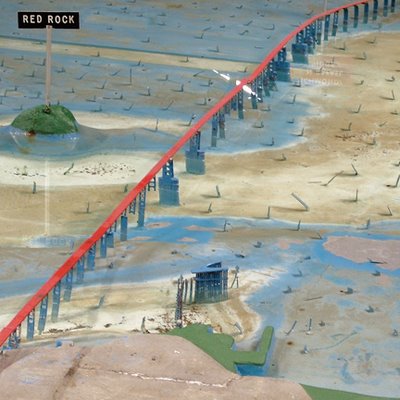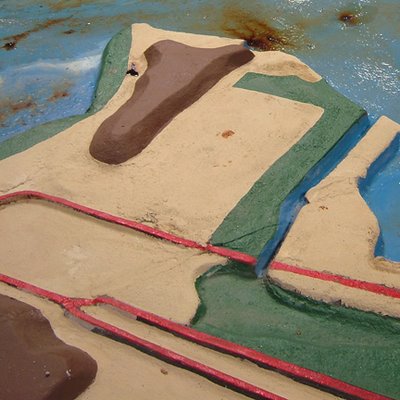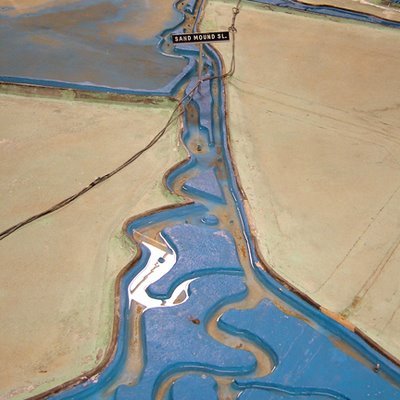 [Image: PDF].
[Image: PDF].
Before it was taken down yesterday, apparently following a burst of social media attention, the U.S. General Services Administration posted a purchase request for nearly one million dollars’ worth of “hyper-realistic training devices.” The devices would be used to assist Immigration and Customs Enforcement, or ICE, by stocking “a state-of-the-art tactical training facility” in whose eerie design details we perhaps glimpse what immigration enforcement operations of the near future will entail.
This new ICE training complex “will contain a multitude of basic, intermediate and hyper-realistic training devices, a tactical training warehouse, classroom facilities, and vehicle assault training area. The OFTP requirement is for hyper-realistic training devices that emulate structures the teams will encounter across the United States and Puerto Rico, including rural, residential suburban, residential urban and commercial buildings.”
Included will be a “‘Chicago’ style replica,” an “‘Arizona’ style replica,” and a “fishbowl” structure for supervised operations, each built using “Scalable, Portable, Modular” architectural techniques, such as shipping containers. These will allow ICE’s Special Response Teams “to experience combat conditions in a training environment that truly reflects real world conditions, but in a controlled, duplicatable, and dynamic setting.” Combat conditions!
The specifics are worth reading in full, as these simulations will be designed all the way down to “toys in the yard” and “dishes left on the table,” implying future “combat conditions” in the heart of the American domestic interior:
Hyper-Realistic is defined as “such a high degree of fidelity in the replication of battlefield conditions in the training environment that participants so willingly suspend disbelief that they become totally immersed and eventually stress inoculated.” Hyper-realism is a critical component to this acquisition as the details provide essential information that must be acknowledged, processed and acted upon to minimize risk to our Special Agents, Deportation Officers and SRT operators, during high-risk search and arrest warrants, fugitive operations, undercover operations, hostage rescue, gang operations, etc. For example, details like the number of dishes left on the table, toys in the yard, lighting, furniture, etc. all provide clues that allow our agents and officers to infer vital information that directly affects their safety and the potential resolution or outcome in the scenario. Learning to process this information quickly to identify whether there are children present, or how many people are currently in the structure is a necessary skill developed in training.
Law-enforcement training facilities have always fascinated me, insofar as they rely upon a kind of theatrical duplicate of the world, a ritualistic microcosm in which new techniques of control can be run, again and again, to perfection. Architecture is used to frame a future hypothetical event, but with just enough environmental abstraction that the specific crisis or emergency unfolding there can be re-scripted, often dramatically, without betraying the basic space in which it occurs. It is imperial dramaturgy.
However, simulated training environments are also interesting to the extent that they reveal what, precisely, is now considered a threat. In other words, we train for scenarios precisely when we fear those scenarios might exceed our current preparation; training, we could say, is a sign of worry. The fact that ICE is apparently—based on this document—prepping for “combat conditions” in “‘Chicago’ style” structures, complete with dishes left on the table and toys left sitting outside in the yard sounds almost absurdly ominous.
The PDF originally posted to the GSO website is now available here.
(Spotted via David BondGraham.)




